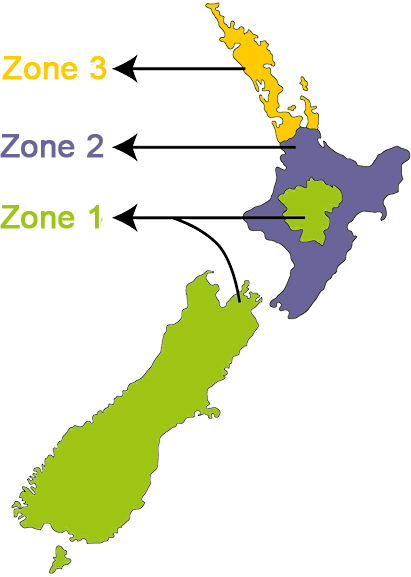
Growing Guide
Full sun/Part Shade. Well drained soil (this means water does not pool or puddle, or your container has holes)
0.5cm
30-50cm
150cm
150cm2
10cm
Transplant
25-30
730-1095
Growing asparagus from seed is more time consuming and labor intensive than growing from divided crowns.
If growing from seed, be aware that you will be unable to harvest the spears for longer than if grown from crowns (spears can generally be harvested in the third year after planting).
Asparagus seeds should be sown indoors 12 to 14 weeks before planting outside.
This should be timed so that the outdoor planting date is after all danger of frost for your area.
Seeds should be sown in mix, planting 0.6 cm (0.25 in) deep.
The seeds should be kept moist, but not wet and will germinate in approximately 3 weeks.
Seedlings should be fully hardened off prior to planting outdoors, using a cold frame where possible.
From seedling: Dig a trench 20 cm deep and place the asparagus crowns along the bottom of this trench 30 - 50cm apart).
Add soil over top of crowns.
Cover lightly.
Backfill trench with soil as shoots grow.
When the trench is full, mulch with a layar of thick organic matter (compost with grass clippings/leaf litter).
In the third year of growth, after planting one year old crowns, spears of plants will be ready for asparagus harvesting.
During this initial harvest year (year three), plants should only be harvested the first month of optimum production.
Removing the spears for more than a month during this important year of growth will weaken and possibly kill the plant.
Asparagus harvesting should begin when the stems are 5 to 8 inches long and as big around as your finger.
Of course, the width will vary from male to female plants.
Length may dictate when to pick asparagus, but you will want to get it early enough in the season that it is tender.
Cut or break the spears from the point closest to their attachment to the fibrous roots.
Excessive disturbance of the area can result in damage to spears which have not yet broken ground.
Allow asparagus ferns to remain until the Spring before cutting or mowing them back to the ground to allow new spears to grow.
The new spears are ready to harvest when they reach 17 to 22 cm (7-9 in) in length.
The spears can simply be snapped by hand close to the ground.
The spears can be harvested every 2 to 4 days for a period of 4 to 6 weeks in the second year (third year if grown from seed).
Avoid over-harvesting as this will decrease the yield the following year.
The harvest can be extended in the third year (fourth for seed grown plants) to 6-8 weeks.

Zone 1 - Cool
May , June
Zone 2 - Temperate
June , July
Zone 3 - Subtropical
May , June , July